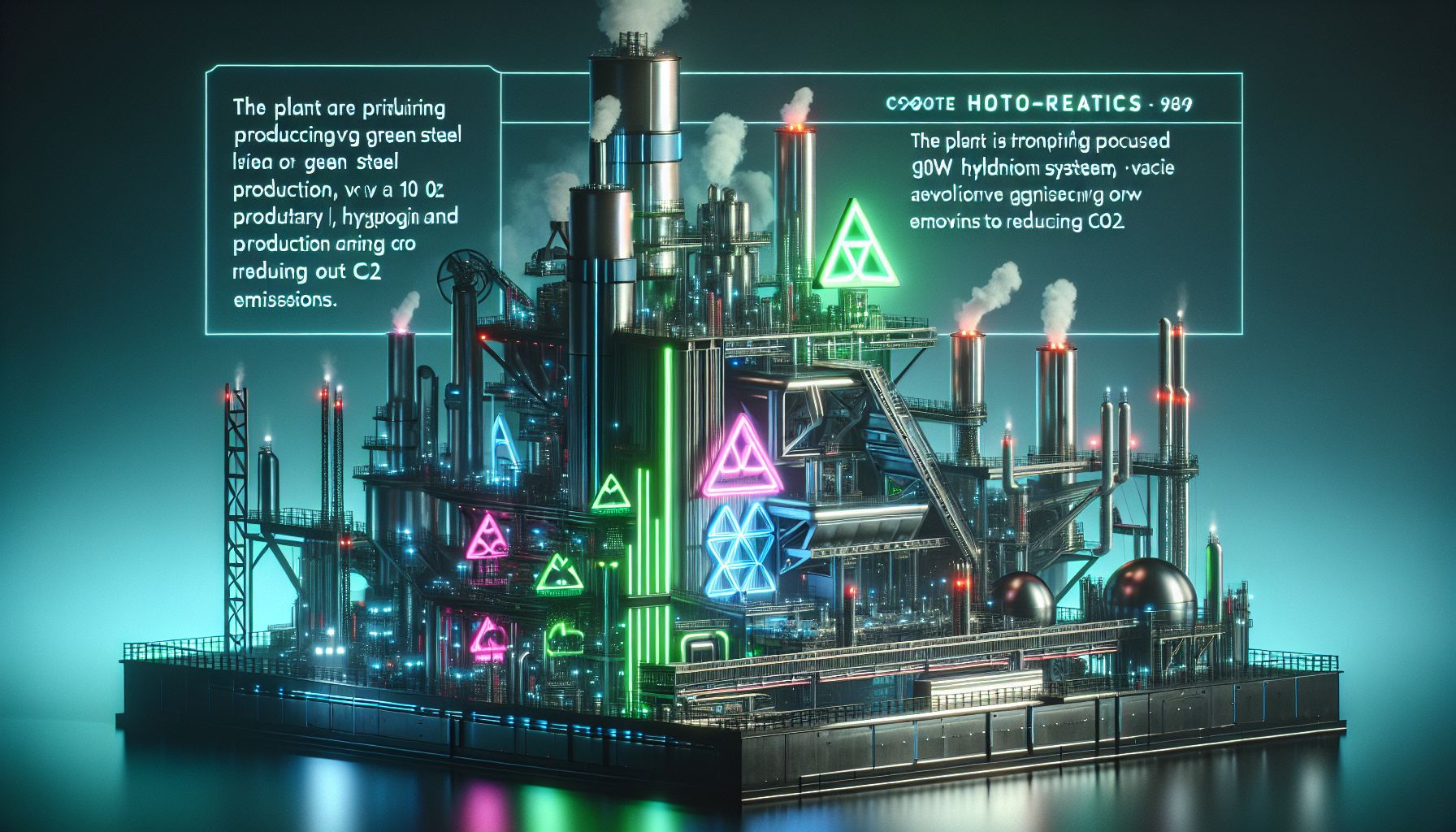Salzgitter's Bold Step Towards Green Steel Production

Salzgitter, Monday, 8 September 2025.
Salzgitter AG is building a 100 MW green hydrogen plant to revolutionise steel production with low CO2 emissions, aligning with global climate goals.
A New Era for Steelmaking
The groundbreaking ceremony for Salzgitter AG’s 100 MW green hydrogen plant marks a monumental shift in steel production. This isn’t just another plant; it’s a beacon of change. By utilising electrolysis technology, the plant will produce around 9,000 tonnes of green hydrogen annually starting in 2026, setting the stage for virtually carbon-free steel production [1][2].
The SALCOS Project
The SALCOS (Salzgitter Low CO2 Steelmaking) project is like a superhero in the fight against carbon emissions. It’s got the works—a direct reduction plant, an electric arc furnace, and now, the 100 MW electrolysis plant. By 2033, this initiative aims to transform Salzgitter’s operations into a virtually carbon-free steel production powerhouse [1][2][3].
Industry and Government Collaboration
Salzgitter AG and its partners are like a well-oiled machine, moving smoothly towards a greener future. With Andritz supplying the electrolysis technology, the plant is an essential cog in Germany’s hydrogen strategy. But here’s the catch—government support is crucial. Competitive grid costs and a solid hydrogen economy framework are needed to keep this green machine running [1][2].
Challenges and Opportunities
Ah, the classic tale of challenges and opportunities. Just like a superhero needs a good villain, Salzgitter’s project faces hurdles like high costs and the commercial unviability of green hydrogen. Yet, with a determined push for decarbonisation, opportunities abound in scaling up hydrogen technology and reducing emissions [1][3][4].
A Future of Green Steel
Imagine a world where steel production is as clean as a whistle. Salzgitter AG’s vision is to lead this transformation, producing approximately 1 million tonnes of green hydrogen annually by 2030. The plant is a critical piece in achieving EU climate targets, making sustainable steel not just a dream, but a reality [1][2][3].